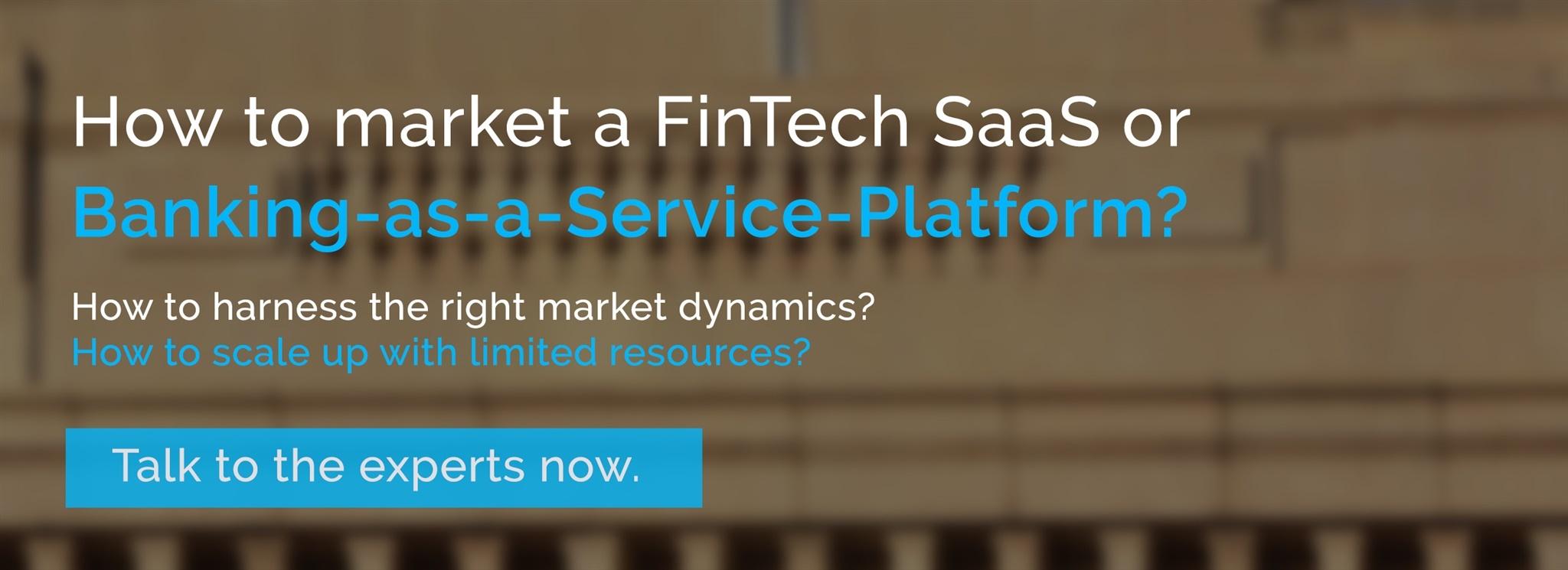
There is a veritable assault underway on the traditional banking industry.
The core business of banks in payments and lending is under threat from an army of new payments companies, digital wallets and peer to peer lending platforms.
As if this wasn’t hard enough for the banks, large tech giants have now also joined in the fray and are encroaching on territory once closely protected by these venerable financial institutions. The most crippling blow, ironically, will come from the regulators and governments themselves which previously had supported the oligopoly in the banking industry, in the guise of combating systemic risk.
 However, as history illustrates, the greatest innovations are indeed made in times of war. The relentless assault on the banking system has forced many of these institutions to consider drastic changes to their business models and innovate faster than ever before. One idea which smart money is chasing, is Banking as a Service (BaaS).
However, as history illustrates, the greatest innovations are indeed made in times of war. The relentless assault on the banking system has forced many of these institutions to consider drastic changes to their business models and innovate faster than ever before. One idea which smart money is chasing, is Banking as a Service (BaaS).
What’s the need for BaaS?
By offering Banking as a Service, financial institutions can capitalize on their existing strengths and partner, rather than compete, with upcoming FinTech competitors.
 Most traditional banking models offer end to end banking solutions – right across customer acquisition, onboarding, servicing, maintenance, increase the wallet share and so on. With BaaS, banks would need to accept that it is more efficient for them to focus on a few key areas, where their strengths lie, and partner with other dedicated service providers in areas which are not their core competencies anymore.
Most traditional banking models offer end to end banking solutions – right across customer acquisition, onboarding, servicing, maintenance, increase the wallet share and so on. With BaaS, banks would need to accept that it is more efficient for them to focus on a few key areas, where their strengths lie, and partner with other dedicated service providers in areas which are not their core competencies anymore.
What banks need to succeed
The biggest sacrifice that banks would have to make would be to open up their systems to outside developers. They would have to allows for open APIs to plug into their core banking systems and access user data which is critical to providing ancillary services. This might be difficult to accept for banks who have spent the entirety of the information age in trying to prevent outsiders from getting access to their core systems. The challenge of maintaining security while allowing for such access is just the technical aspect; the idea of opening your vaults for outsiders to access is the real psychological hurdle.
The other major challenge for banks is to reinvent themselves and focus on one or more core aspects of delivering banking as a service rather than the entire value chain. Choosing that new core competency would be the real challenge. Do it correctly, and your bank can grow as rapidly as a teach innovator! However, if you mess it up, you will only accelerate your demise.
The battle is far from over
Although, it looks like an uphill battle for banks, the reality is that they do have a few aces up their sleeves. Some industry observers who are quick to predict the demise of the established banking order, forget the immense power that flows from these institutions. There is no doubt that banks are facing a tough time in terms of growth opportunities and customer retention, but they are far from a spent force.
In the accompanying article (link to Banking as a Service – The challenger’s perspective), we will have a look at the other side of the battle line – the perspective form FinTech startups and tech giants who are trying to make inroads into business territory traditionally held by banks and how much taking every inch of ground is going to cost them!
References
- Read more articles on FinTechs in VentureSkies' blog section.
- Read more on the services and packaged solutions which VentureSkies offers for FinTechs.
- PSD2 Directive - DIRECTIVE (EU) 2015/2366 OF THE EUROPEAN PARLIAMENT AND OF THE COUNCIL of 25 November 2015 on payment services in the internal market, amending Directives 2002/65/EC, 2009/110/EC and 2013/36/EU and Regulation (EU) No 1093/2010, and repealing Directive 2007/64/EC (2015), The European Parliament and the Council of the European Union.
- DIRECTIVE 2007/64/EC OF THE EUROPEAN PARLIAMENT AND OF THE COUNCIL of 13 November 2007 on payment services in the internal market amending Directives 97/7/EC, 2002/65/EC, 2005/60/EC and 2006/48/EC and repealing Directive 97/5/EC (2007), The European Parliament and the Council of the European Union.
Photo: pexels
